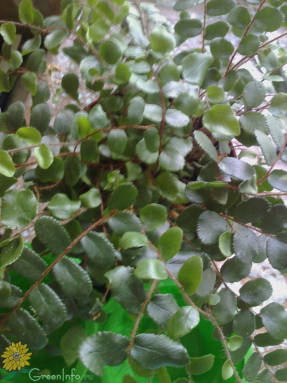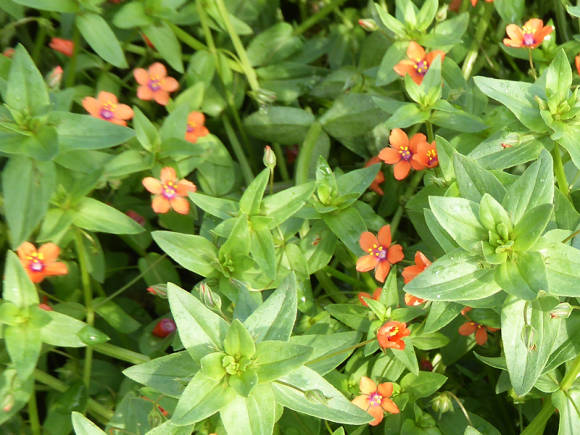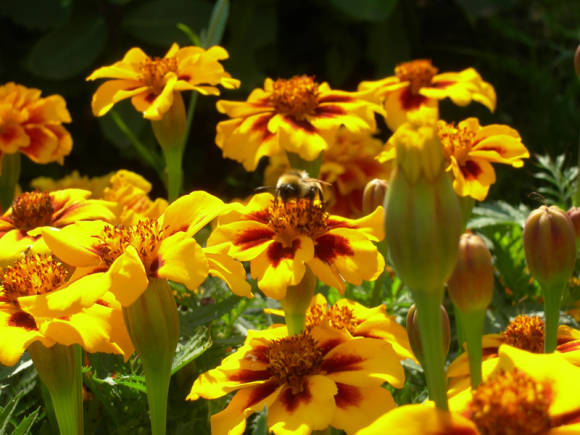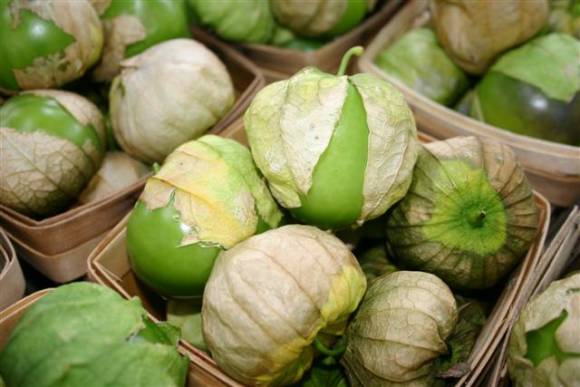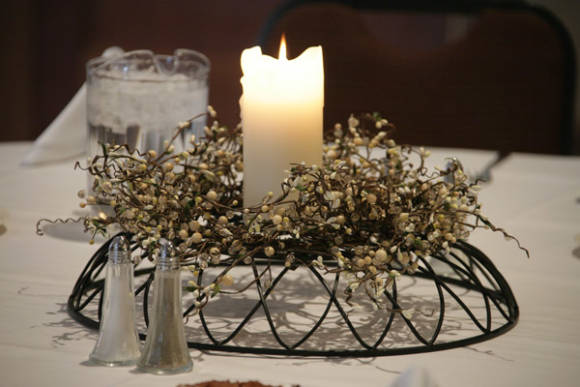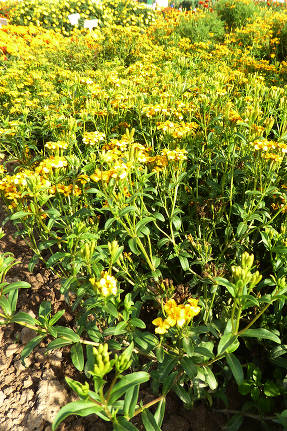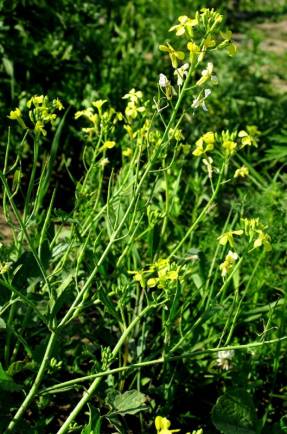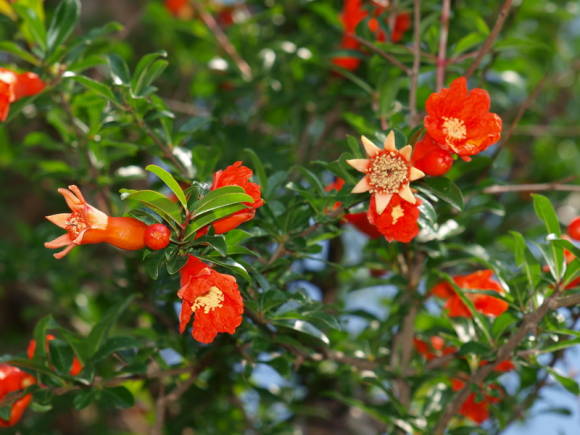 Among the milky-flowered bells, there are midgets and giants. Small bells, expanding, form a round curtain resembling a ball or ottoman about 40 cm high. The giants amaze with their height and volume - in the 3-4th year of growth, the milk-flowered bell bush resembles a tree-like peony bush. During flowering, the giants make an amazing impression, and many cannot believe that a bell bush can be larger than a currant bush. Milk-flowered giant bells have strong, thick stems up to 1.7 m high. Each branch of a flowering bell forms a huge bouquet of medium-sized fragrant flowers. The aroma is subtle, mesmerizing. The whole bush is fragrant, its flowering continues until frost. If you want to keep the decorative effect of the bush until autumn, cut off the branches with faded flowers regularly. The flowers of milk-flowered bells are white, blue and pink.
Among the milky-flowered bells, there are midgets and giants. Small bells, expanding, form a round curtain resembling a ball or ottoman about 40 cm high. The giants amaze with their height and volume - in the 3-4th year of growth, the milk-flowered bell bush resembles a tree-like peony bush. During flowering, the giants make an amazing impression, and many cannot believe that a bell bush can be larger than a currant bush. Milk-flowered giant bells have strong, thick stems up to 1.7 m high. Each branch of a flowering bell forms a huge bouquet of medium-sized fragrant flowers. The aroma is subtle, mesmerizing. The whole bush is fragrant, its flowering continues until frost. If you want to keep the decorative effect of the bush until autumn, cut off the branches with faded flowers regularly. The flowers of milk-flowered bells are white, blue and pink.
To obtain seeds, as soon as a few flowers have bloomed, the testes must be left, all the buds and other flowers must be cut off and not allowed to bloom on the stem in the future, even before the seeds ripen. The most abundant and unpretentious is the white bell, it gives self-seeding more often than others. In addition, seedlings from milk-flower bells of various colors are usually white, since each branch forms a fluffy large bouquet at the beginning of flowering, the whole bush expands greatly and the extreme branches can fall. In this case, the bush must be tied. You can do without tying, if at the beginning of the growing season you pluck out weak shoots, and take some of the strong ones for reproduction.
Milk-flowered bells reproduce well by cuttings... To do this, at the beginning of the growing season, when the shoots reach 10–15 cm, it is necessary to shake off the soil from the bush, take the extreme shoots with a heel. Rub the wounds with coal and cover with sand, and then cover with earth. Plant the cuttings in pots or simply in the ground, after removing the lower leaves. They must be half buried in the ground. Cuttings root well, even if they are not treated with root-forming preparations. From above, they must be covered with large plastic bottles, from which the bottom must be cut off beforehand. Ventilation is carried out at the expense of the bottle neck.
You can propagate these bells by dividing the bush in the spring. Cuttings and planted bells, as a rule, bloom in July - August of the same year. But practice has shown that cuttings take root worse than cuttings. If you do not cut off the faded branches from the bell, then you can get seeds, but the appearance of the bush will be less attractive. Milk-flowered bells also produce self-seeding, but, as a rule, seedlings produce white flowers. Over time, the roots of milky-flowered bells grow stiff and stick out from the ground, so the bush must be spud and renewed after 6-7 years. When planting these bells in a permanent place, you need to put complex fertilizer, ash, humus and long-acting AVA fertilizer in the pit.
Milk-flowered bells Are great plants. Their presence will decorate any garden, and the delicate scent of flowers, not inferior to the best French perfume, will create a blessed state of mind.
